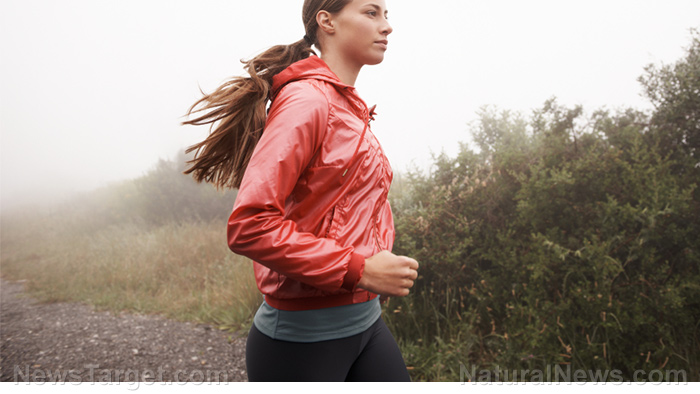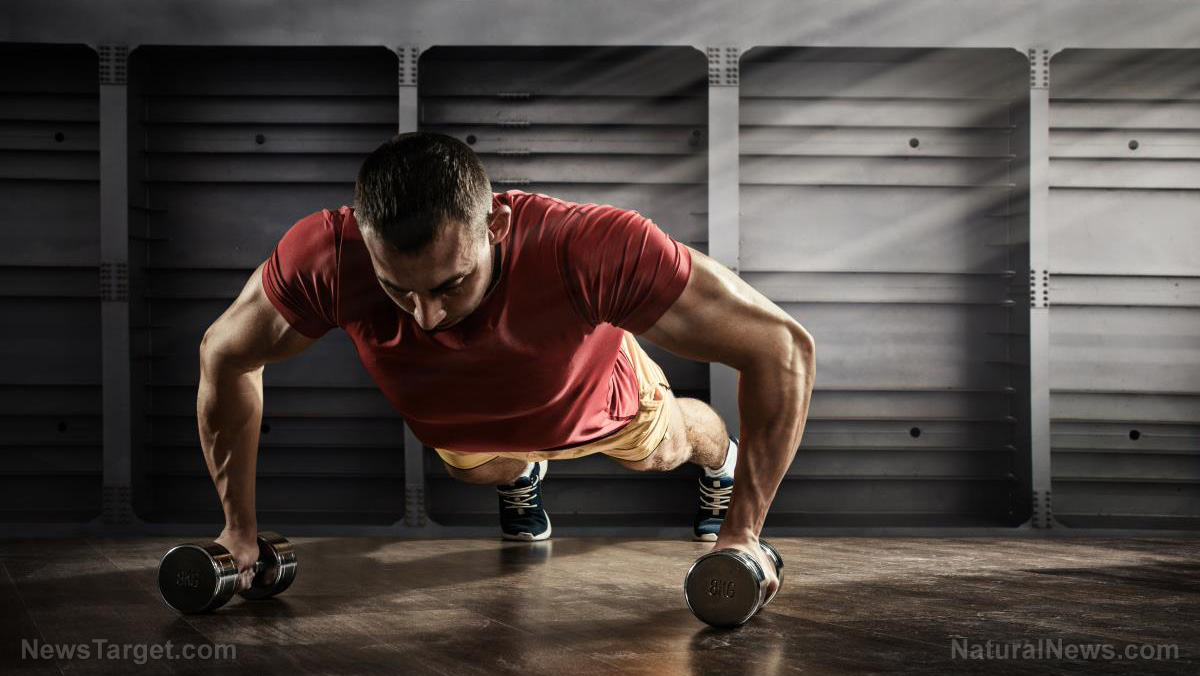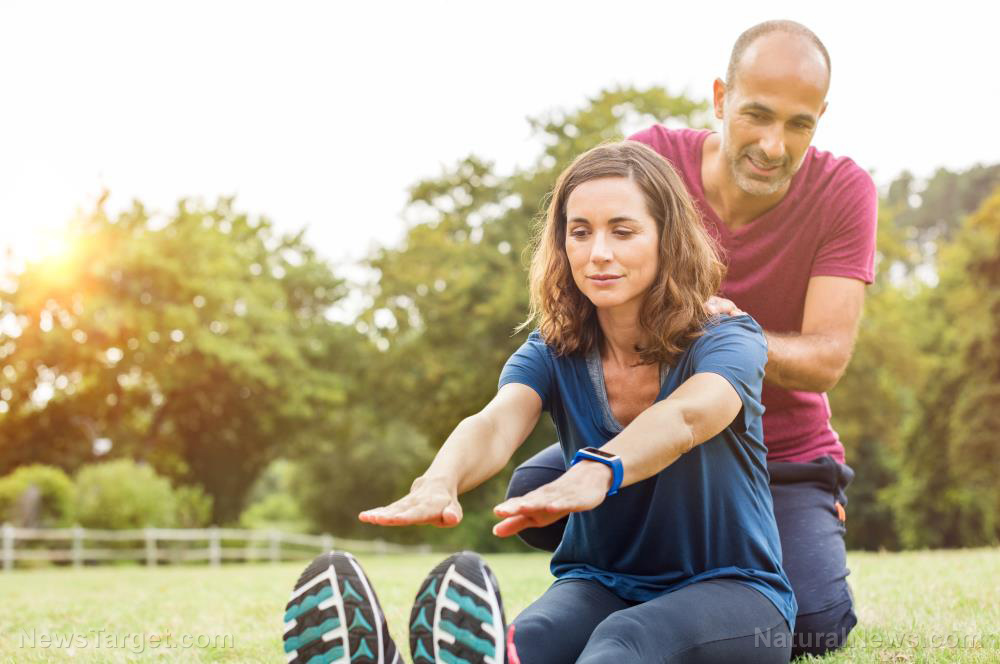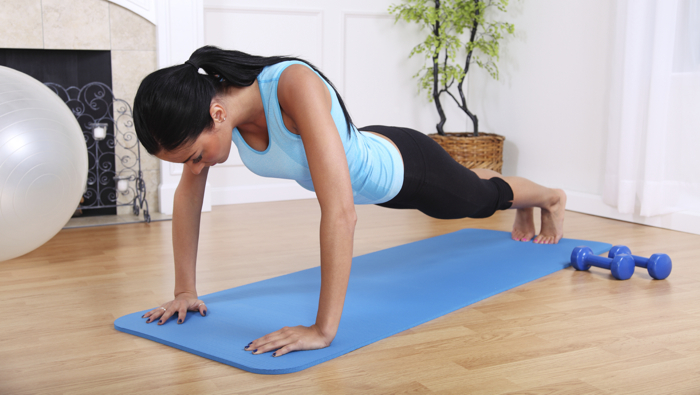Skipping isn’t just for kids anymore: Study suggests it is a safer alternative to running
10/27/2019 / By Zoey Sky

Running helps you stay in shape, but it has been linked to damage to bones and joints. And while skipping may be considered as something that’s only ever done by children, researchers suggest that this fun activity is good for adults who wish to exercise and lessen knee pain caused by running.
To determine how skipping and running affect the body, researchers from Appalachian State University and East Carolina University (ECU) observed 30 healthy adults. The participants, aged between 18 and 30 years old, were evenly divided between men and women.
The untapped potential of skipping
All the volunteers joined a training program wherein they were taught how to skip properly on a treadmill for long distances – up to a mile.
The scientists then recorded the participants’ gait, force, and energy expenditure or how many calories each person burned.
The data showed that, unlike skipping, running produces almost twice the peak force on the patella (kneecap). The researchers explained that the average peak force on the tibiofemoral joint or the knee hinge – where your femur, tibia, and patella meet – is 30 percent greater in individuals who run compared to those who skip.
Surprisingly, the participants who skipped burned 30 percent more calories compared to the runners.
Jessica McDonnell, lead author and a doctoral candidate at ECU, said that running is a regular part of many athletic activities. She added that while skipping as a workout may seem strange to some people, the study confirms that the childish activity can potentially be used as an alternative to running.
Whether you plan on skipping or running, you can prevent knee pain by stretching your knees regularly, maintaining a healthy weight, wearing the right shoes, and standing up straight.
Should you skip the running and start skipping?
A whopping 79 percent of runners report some form of injury, with the most common affecting their knees and lower extremities. These knee injuries are likely caused by the force on joints and bones, as observed in the study.
Runners have a cyclical gait: They either land with the impact absorbed in one leg or launch by using the force of their other leg.
Meanwhile, people who skip have a period of support in the natural gait. They first step and hop on one leg, step and hop on the other leg, then the process repeats. Giving both legs this small moment of support helps minimize the force applied when your feet hit the ground. (Related: Good for body and mind: Women who go for a walk at least twice a week reduce their risk of heart failure by 20 percent.)
If you have pre-existing knee issues, you can replace running with skipping to reduce knee pain while exercising.
However, Thanu Jey, clinic director at Yorkville Sports Medicine Clinic, warned that skipping also has certain potential drawbacks. While skipping puts less impact on the knee joints, it puts more repetitive stress on the ankles and calves.
To maintain overall joint health, you could benefit from combining skipping and other forms of movement.
For example, you can combine running and skipping to burn calories and give your knees a break. Consider alternating between running and skipping every other day, especially if finishing one activity makes you feel sore after completion.
The best places to skip
If you want to start skipping, do it somewhere outside like a running trail, track, or yard.
Don’t try skipping on a treadmill. The study participants used a laboratory treadmill, and a regular treadmill goes at a constant rate, which can cause accidents since the skipping gait follows a certain rhythm. This may increase the chance of injury.
Exercise can feel like a chore, but if skipping makes physical activity fun for you, skip your way to better health and pain-free knees.
Sources include:
Submit a correction >>
Tagged Under:
burning calories, calories, cardio, cardiovascular health, exercise, fitness, jogging, joint health, knee issues, knee pain, knee problems, men's health, physical activity, physical fitness, reduced risk, risk prevention, running, running injuries, skipping, women's health
This article may contain statements that reflect the opinion of the author
RECENT NEWS & ARTICLES
COPYRIGHT © 2017 MENS FITNESS FOCUS




















